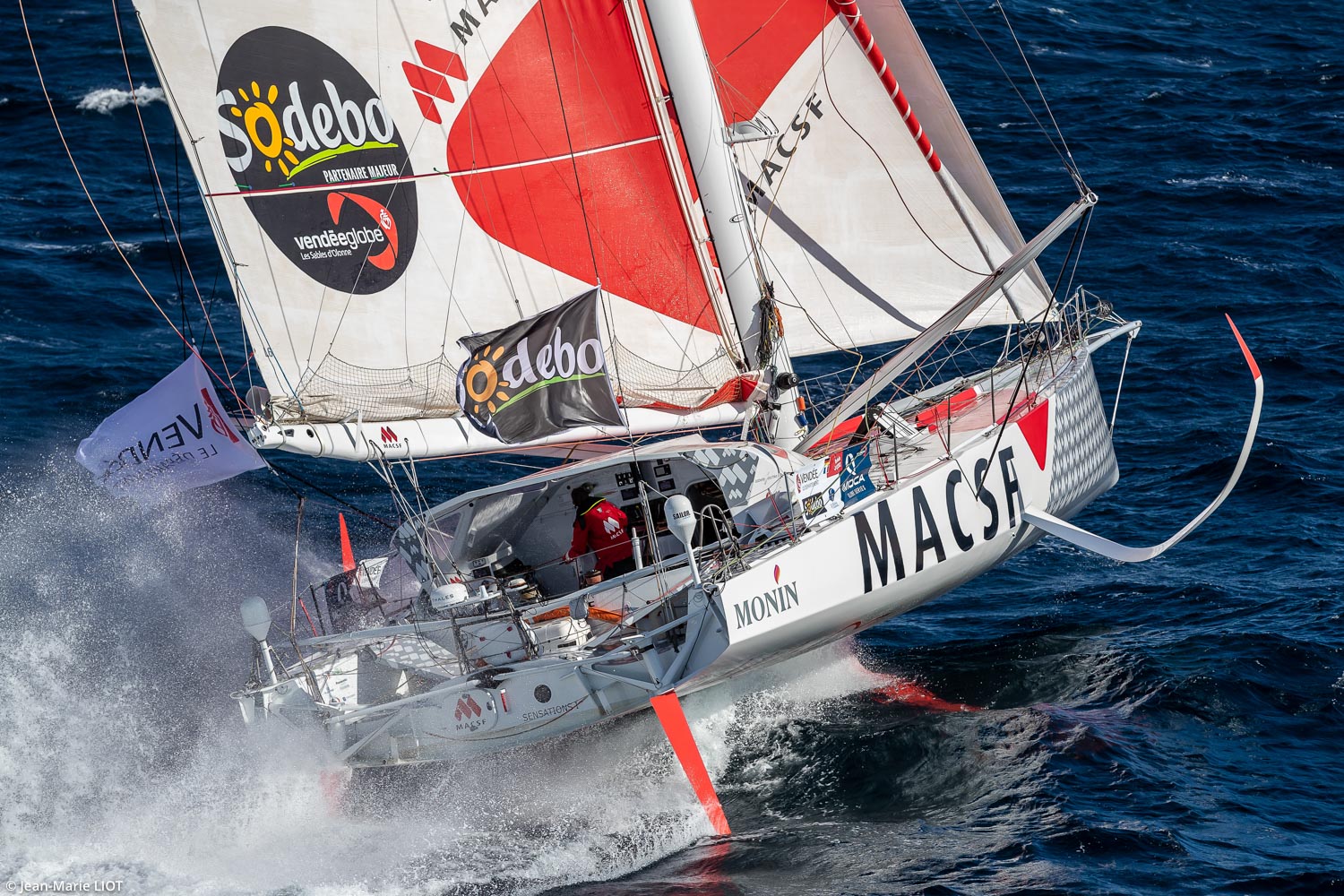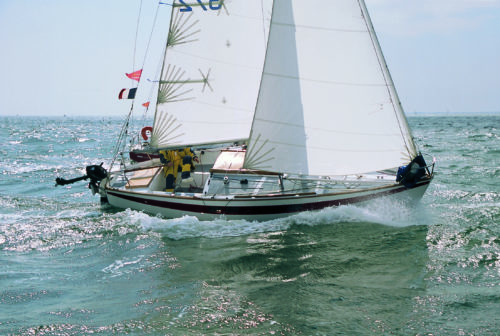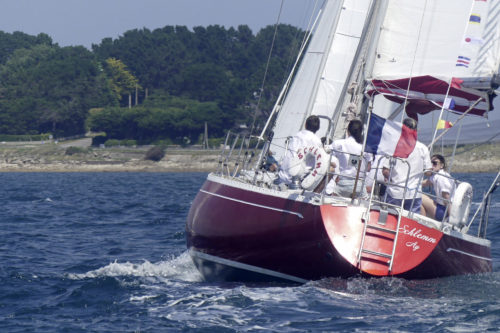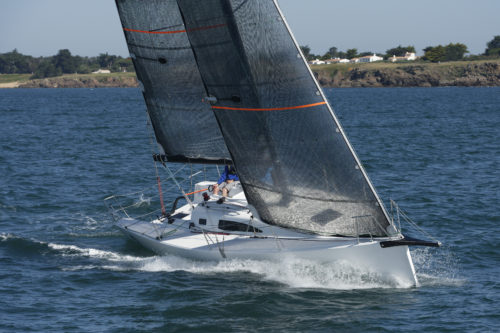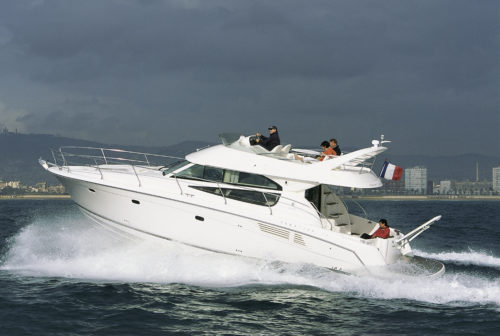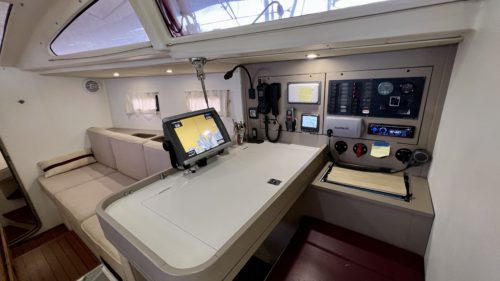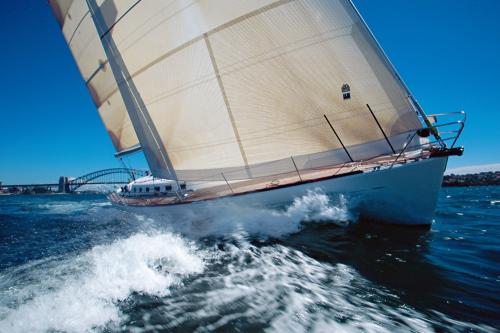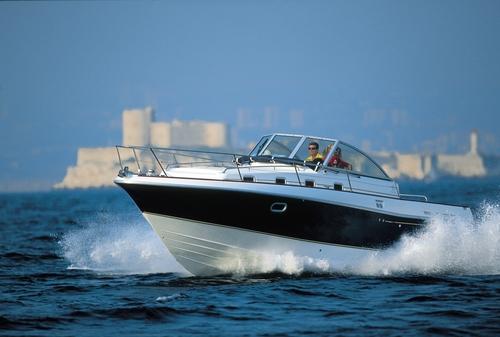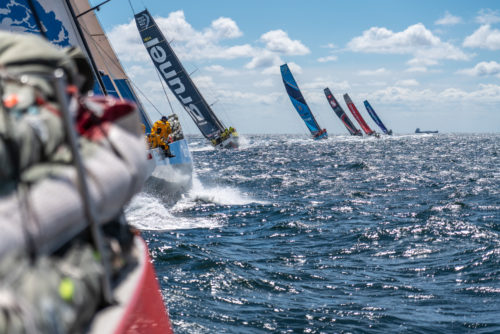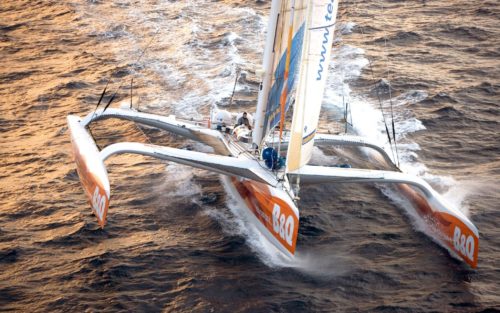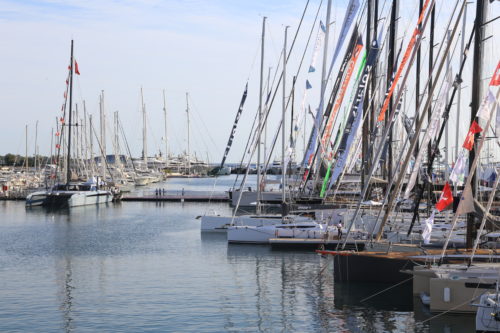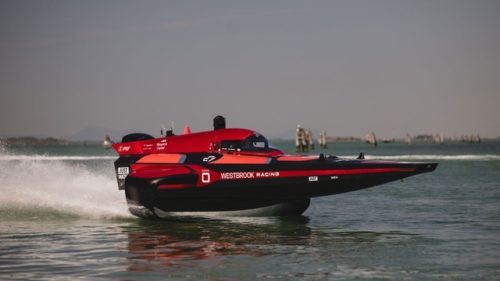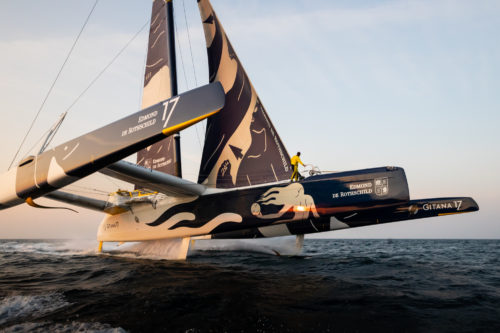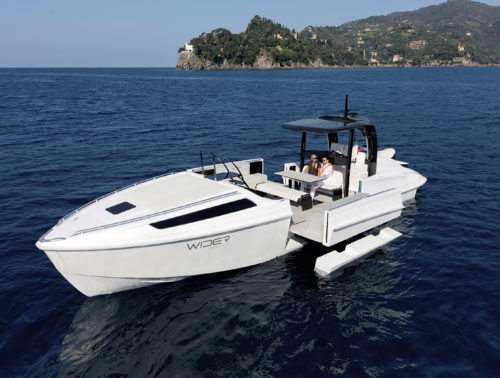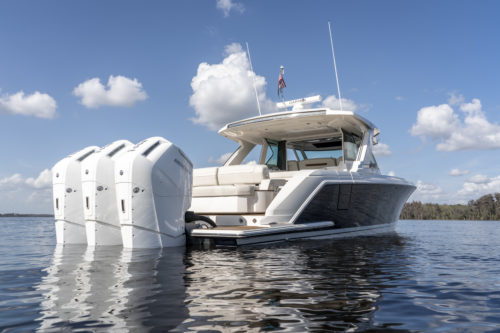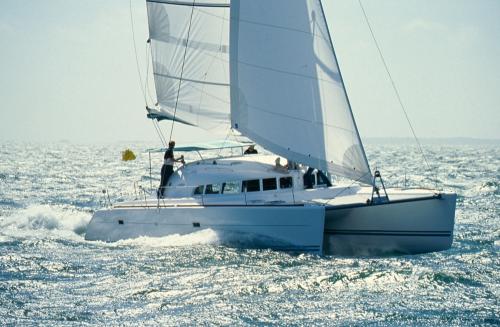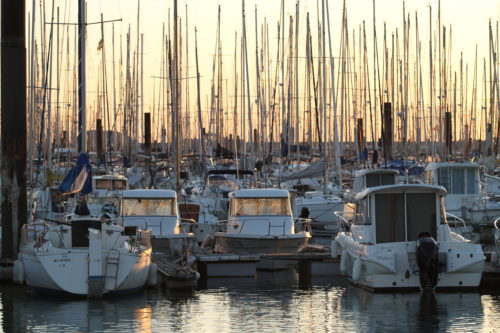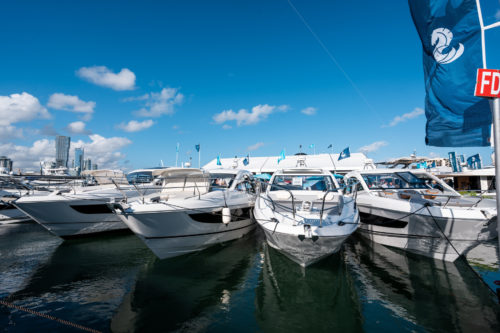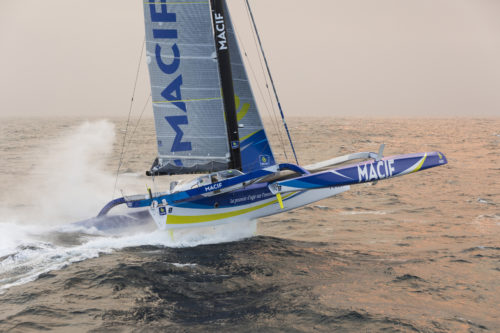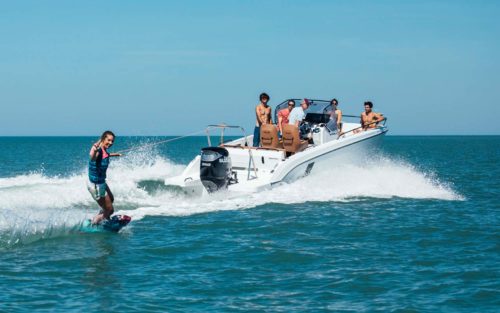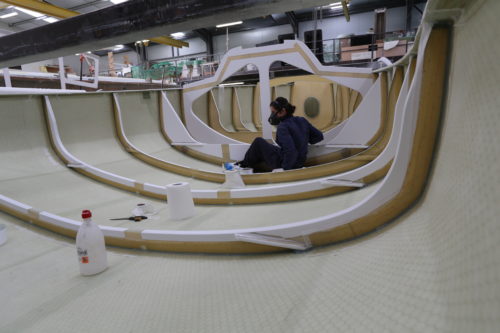The irresistible rise of foils
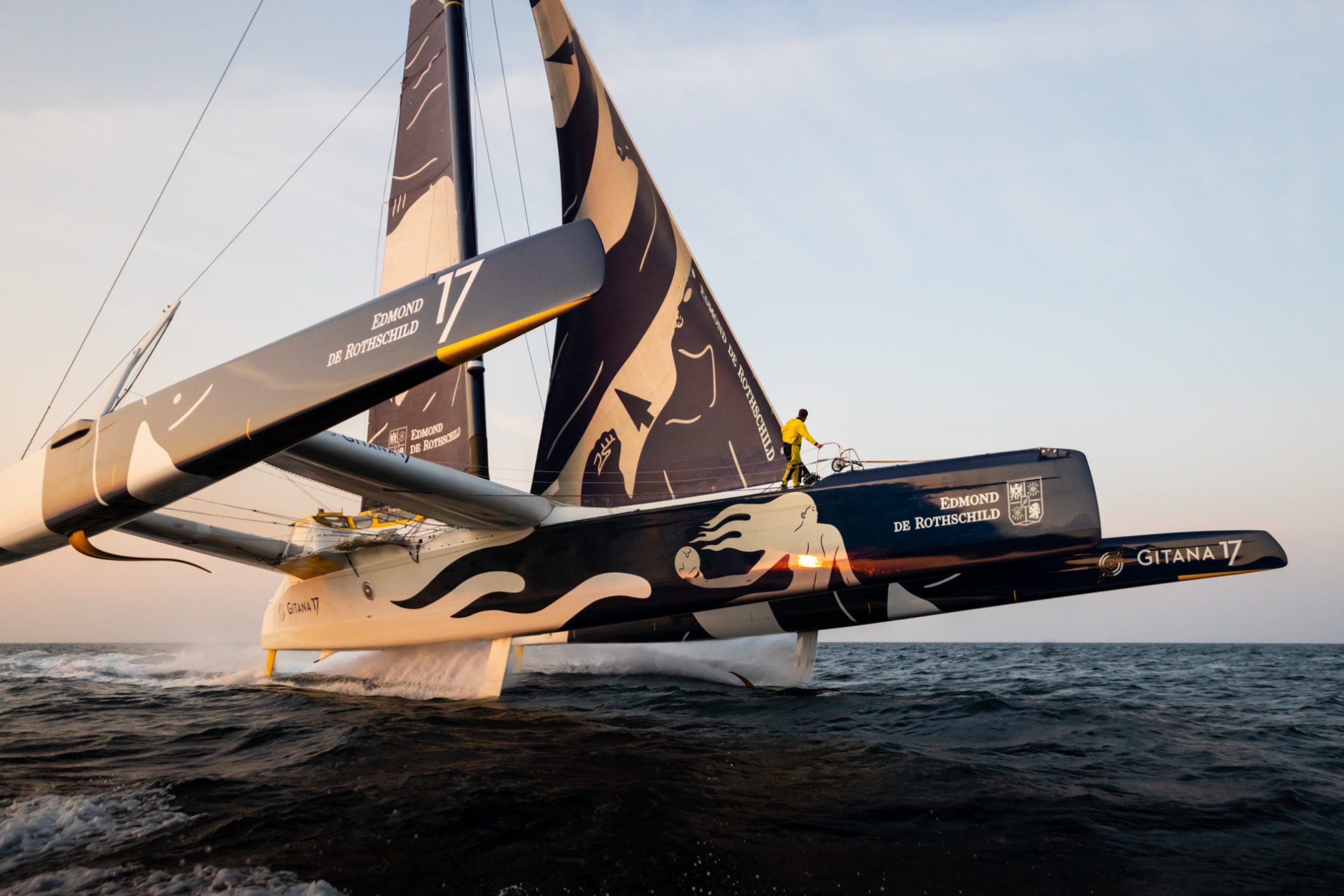
The idea of improving a boat’s performance by lifting the hull out of the water dates back a long way: as early as the late 19th century, inventors were attempting to mount lifting surfaces on the first motorized craft. This concept is based on a simple physical fact: since water is 800 times more viscous than air, moving out of the liquid element dramatically reduces drag and therefore increases speed…
These lifting surfaces — now commonly known by the generic term “foils” — work with the same principle as an aircraft wing. The flow of fluid — air or water — around the surface generates a pressure differential between its two sides, resulting in lift that tends to raise the entire structure.
From the mid-20th century onward, these curious appendages began to capture the imagination of sailing enthusiasts. However, aside from a few impressive times set by radical speed machines on sheltered waters – and of course the memorable Atlantic crossing record by Éric Tabarly’s Paul Ricard in 1980 – the superiority of foiling sailboats over their conventional counterparts took some time to establish itself in offshore racing.
From straight daggerboards to foils
Until the 1990s, even the most high-performing offshore trimarans did not include this accessory. Their appendages were generally limited to a single daggerboard in the central hull, before the configuration with one daggerboard per float becomes widespread. The dawn of the 2000s marks a turning point: these daggerboards – initially straight – begin to take on increasingly curved shapes, allowing them to have the same effect as a foil, while still fulfilling their traditional anti-drift role. By the start of the following decade, the case is settled. Following the example of Groupama 3, designed in 2006 by VPLP and winner of the 2010 Route du Rhum with Franck Cammas, all the successful trimarans are now equipped with this type of appendage, commonly referred to as “auxiliary foils”. Seven years later, this same boat, renamed IDEC-Sport and skippered by Francis Joyon with a crew of five, once again shows the concept’s effectiveness by smashing the Jules Verne Trophy record, taking just 40 days and 23 hours to sail around the world via the three capes.
2017 also sees another extraordinary achievement when François Gabart sets a phenomenal solo round-the-world record of 42 days and 16 hours on board Macif, a 30m trimaran built in 2015 by CDK Technologies to VPLP plans. This particularly lightweight boat – two tons lighter than most of its rivals – is fitted with L-shaped foils that provide increased lift: in ideal conditions, the trimaran is supported solely by its foil, with the leeward float barely skimming the surface. This evolution is made possible by the addition of lifting surfaces on the rudder, which stabilize the boat’s longitudinal trim and herald the arrival, in the following decade, of offshore multihulls capable of “sustained flight”.
C’est aussi en 2017 que François Gabart réussit une performance phénoménale, abaissant le record du tour du monde en solitaire à 42 jours et 16 heures à bord de Macif, trimaran de 30 m construit en 2015 par CDK Technologies sur plans VPLP. Ce bateau particulièrement léger – il pèse deux tonnes de moins que la plupart de ses concurrents – est doté de foils en “L”, ce qui permet d’augmenter la portance : quand les conditions sont optimales, le trimaran ne s’appuie plus que sur son foil, le flotteur sous le vent touchant à peine l’eau. Une évolution permise par la présence de plans porteurs sur le safran – ils permettent de stabiliser l’assiette longitudinale – et qui préfigure l’arrivée, à la décennie suivante, de multicoques de haute mer capables de “voler” de façon prolongée.
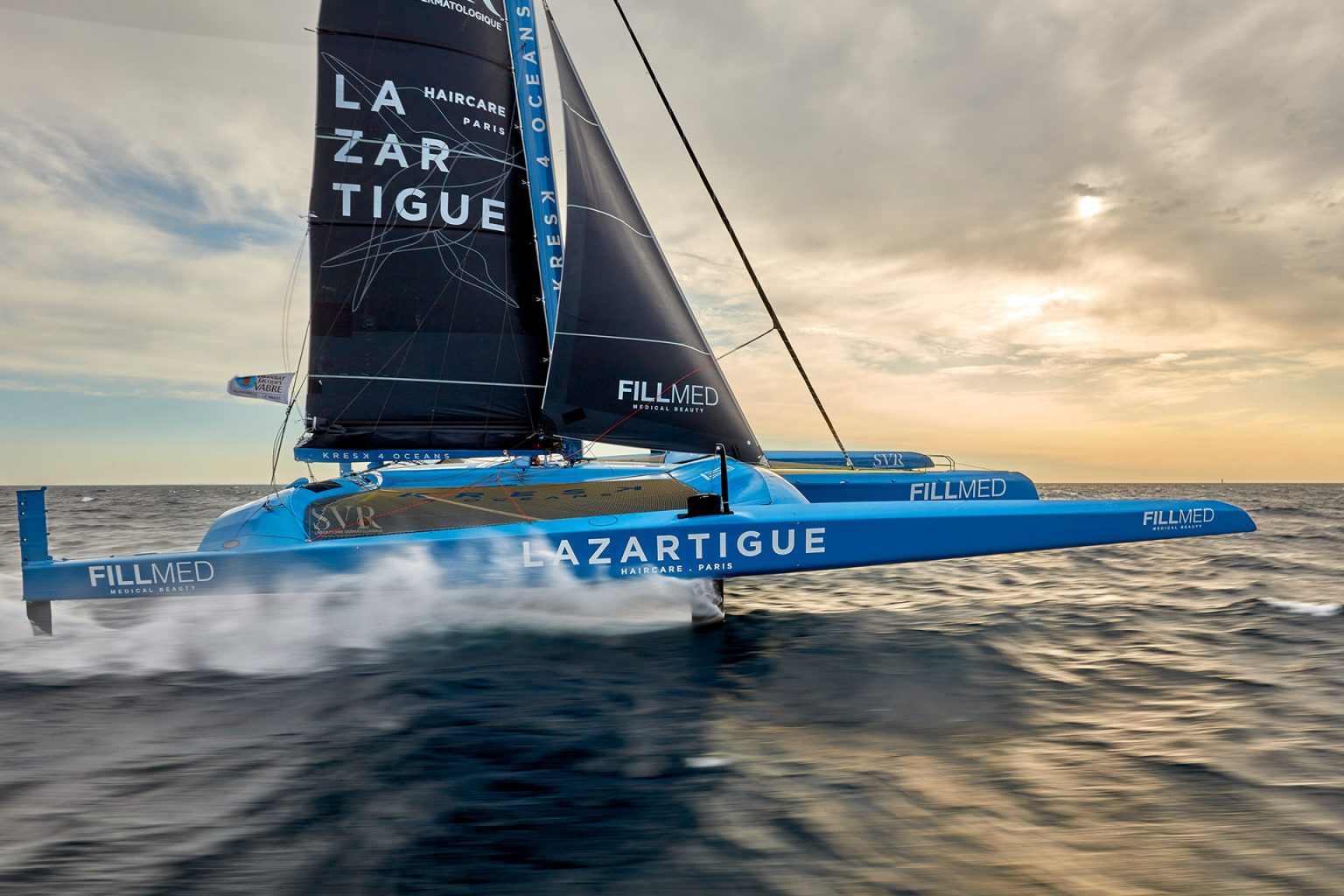
10 days less around the world
Until the 2010s, few believed foils could ever make their mark on monohulls. And yet… After being completely absent from the 2012–2013 Vendée Globe, foils are featured on a quarter of the boats at the start in 2016. Including the top four finishers, led by winner Armel Le Cléac’h, who benefits from them to cut four days off the race record. This revolution would never have been possible without the advances made by boatbuilders: thanks to modern composites, the weight of 60 foot IMOCAs can now drop below eight tons, which is five tons less than the earlier generations! With an increasingly impressive sail area-to-weight ratio (47m² per ton upwind for Banque Populaire VIII, Armel Le Cléac’h’s boat, designed by VPLP and Guillaume Verdier), their speed potential is comparable to previous generations of large multihulls, giving them every reason to adopt these same appendages. This is crucial because a foil requires significant initial speed to generate lift. It can make an already fast machine even faster… but offers little benefit for slower models, especially cruising yachts, which, due to their comfort and ease-of-use constrains, will always have an insufficient sail area-to-weight ratio (typically under 10 m²/ton) and fuller hull volumes that are less conducive to high speeds.
It is also interesting to note that the initial use of foils in the IMOCA fleet was not initially intended to lift boats fully out of the water, but rather to increase their stability: the leeward foil provides downward pressure, reducing heel, a bit like a trimaran’s float, without the need to add more ballast or heavier keels. And of course, by supporting part of the hull’s weight, the foil reduces its wetted surface area, improving the speed even further…
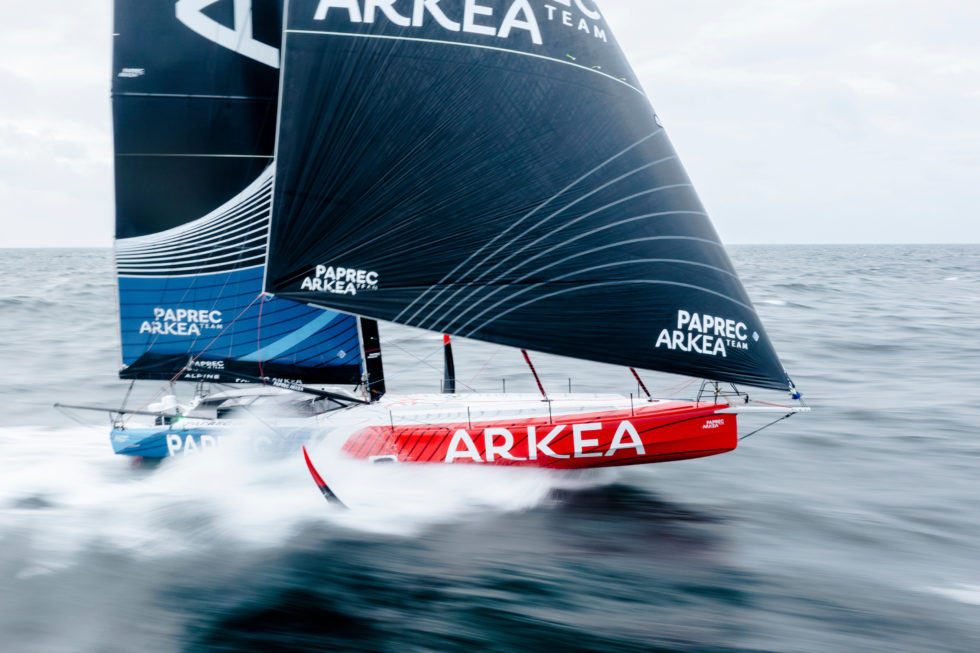
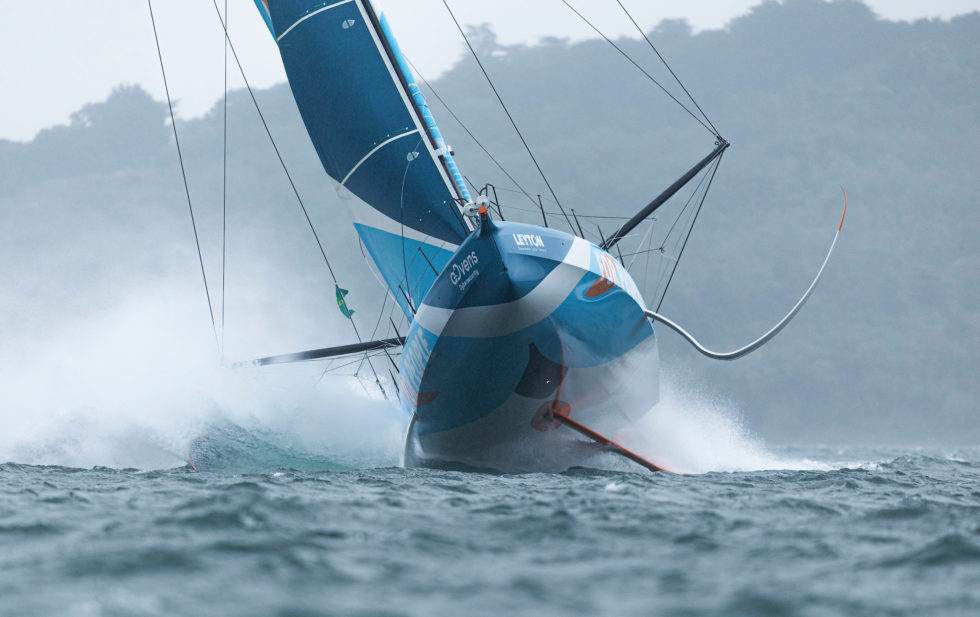
Foils go mainstream
Over the following years, designers and sailors learn to master the use of foils, to the point where IMOCA racing becomes increasingly “aerial”, paving the way for Charlie Dalin, winner of the 2025 Vendée Globe, to complete his circumnavigation in just 64 days, beating the previous record by 10 days! Meanwhile, foils have conquered another frontier: the production monohull, with the launch in 2017 of the Figaro Bénéteau 3. From 2019, this VPLP-designed boat becomes the standard platform for the iconic Solitaire du Figaro, the annual proving ground for both seasoned champions and rising stars of offshore racing. It will also be adopted – from 2021 – as the class boat for the Transat Paprec. The results of this race highlight just how far things have come: with its two foils, this 9.75m monohull crosses the Atlantic faster than the large multihulls from the early Route du Rhum events…
The movement also spreads to the 6.50m class in the Mini Transat, with more and more prototype entries featuring foils since the mid-2010s. The result: peak speeds approaching 30 knots, unimaginable for conventional 6.50m models.
